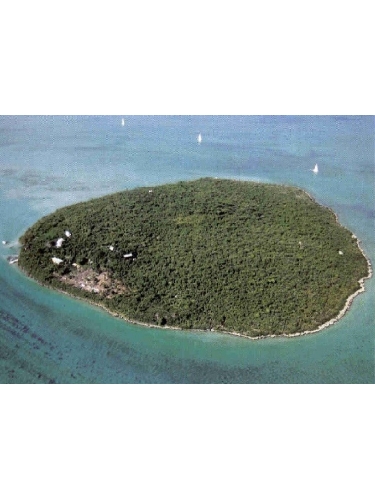
The Island Ile aux Aigrettes
Ile aux Aigrettes, is an islet of 26 hectares lying 900 metres off the south- east coast of Mauritius, near Mahebourg.
The recent history of Mauritius has determined the fate of Ile aux Aigrettes and creates the context for the present story of wildlife conservation.
The island consists of an old calcerenite coral reef partially overlain by sand and soil deposits. It is an internationally important conservation site and was declared a Nature Reserve in 1965.
There are 685 species of native plants on Mauritius and its offshore islets.
There are 22 Mauritian plant species classified endangered or are very rare and the best populations are found on Ile aux Aigrettes. Examples include the Ile aux Aigrette Ebony Diospyros egrettarum, the orchid Oeniella aphrodite, Bois de Boeuf Gastonia mauritiana and Bois de Chandelle Dracaena concinna.
The relict ebony forest surviving on Ile aux Aigrettes is the last vestige of the lowland coastal forest that once covered considerable areas of the Mauritian mainland. People have visited the island since the earliest times and artefacts found there include Dutch bottles and coinage.
The most severe degradation of the forest occurred during the twentieth century. During the Second World War the installation of heavy defences caused the destruction of much vegetation and in subsequent years people came to the islet to gather wood for fuel, preventing regeneration and allowing more aggressive foreign species to establish. Goats were grazed on the island and introduced fodder plants became rampant.
The islet was declared a Nature Reserve in 1965 but woodcutting continued until a resident warden was
posted on the island by the Mauritian Wildlife Foundation.
In 1985 the MWF began to restore the islet as closely as possible to its original state.
